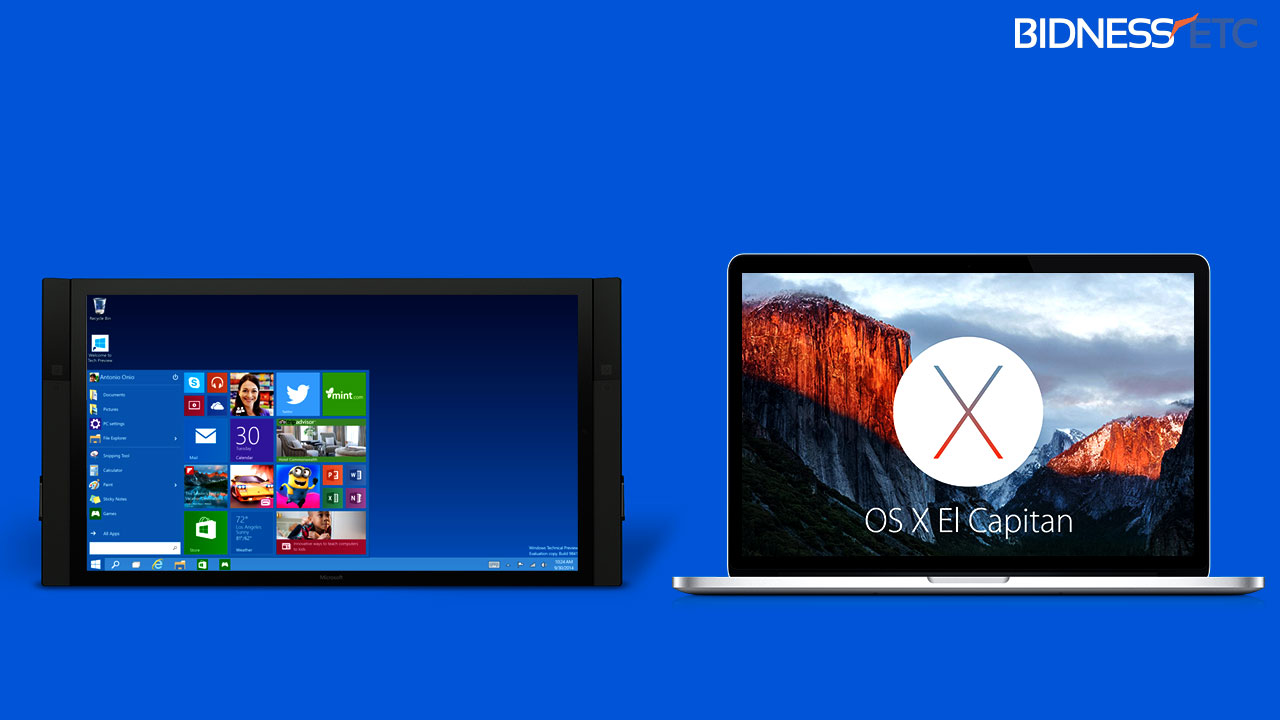

In iPhoto, keep only your best pictures and delete the ones that you really aren’t ever going to view again, or simply move them to an external disk or burn to DVD. Start by checking if there are any duplicates in iTunes (choose Display Duplicates from the File menu) and then delete any you don’t want. Pruning your media libraries is a great way to save space. Delete Old and Unwanted Media Files Delete old media that you don’t want to keep Empty application caches, such as the one in Safariĥ.

Some applications use caches to store various bits of information, but these files can grow very large over time and consume valuable disk space. When you’ve located the largest files on your Mac’s disk you might choose to compress, delete, or copy them to an external drive. You can also choose Save to create a smart folder of such items and add it to Finder’s sidebar, so you can find large files more quickly next time. Enter the size you want to search for in the adjacent text field (for example 5 MB) and change filter #3 to either MB or GB as appropriateįinder displays all the files matching the criteria you’ve entered.Click on the drop-down menu and choose Other. Click on the little + icon located just below the search field.In the search field just enter a space asterisk this will ensure that all items are included.To find particularly large files on your Mac’s hard disk, the quickest way is to use Finder:
#MONOLINGUAL MAC EL CAPITAN MAC OS X#
Deleting unused applications is easy in Mac OS X Note that there may be a few preferences files left behind by uninstalled apps, most of which can be found in the ~/ Library / Preferences folder and safely deleted. In Lion it’s made even easier – open Launchpad and hold down the Option key until the icons wiggle, then just click the small white “x” icon that appears next to any app that was installed from the App Store. Uninstalling applications in Mac OS X couldn’t be simpler – just delete the application by moving its icon to the Trash. For example, Pages is 266 MB and iPhoto a whopping 1.1 GB. In Mail, trash and junk emails can be automatically deleted by setting the relevant options in preferences.Īpplications can take up large amounts of space. There’s no need to keep your Mac’s Trash can full, especially if you make regular backups of your files. Remember that individual applications such as iMovie, iPhoto and Mail each have their own Trash, so empty those frequently too.
#MONOLINGUAL MAC EL CAPITAN FREE#
The most obvious and easy way to free up some space is to empty the Trash.


 0 kommentar(er)
0 kommentar(er)
